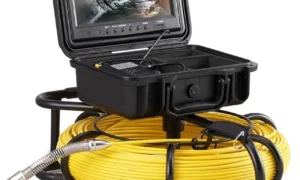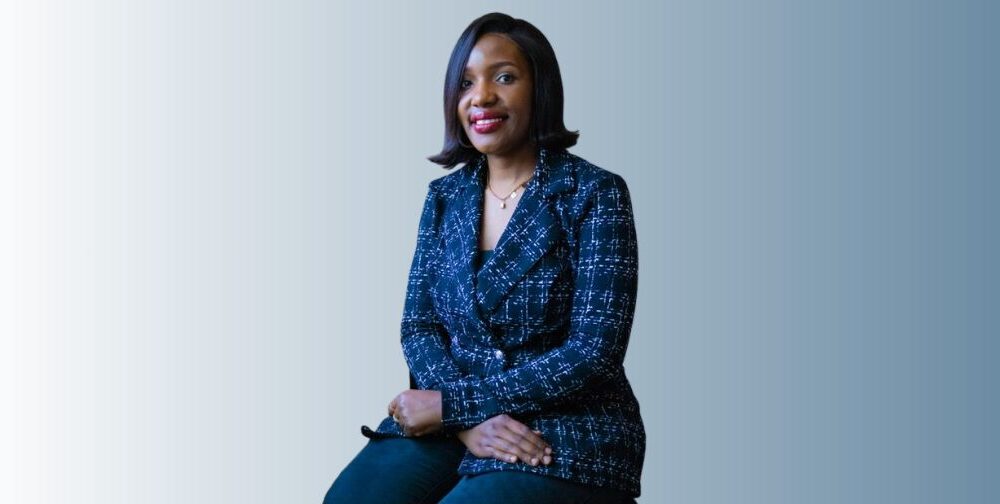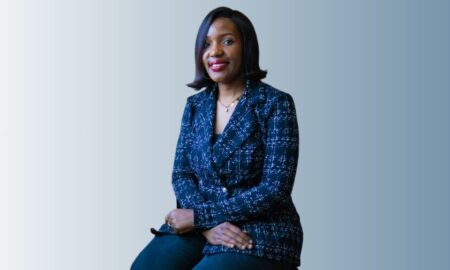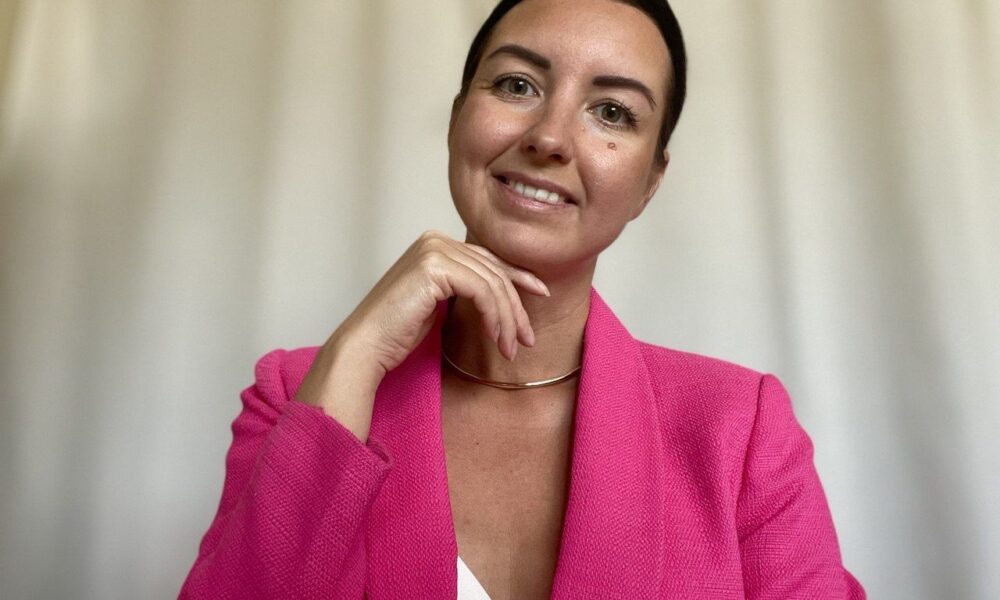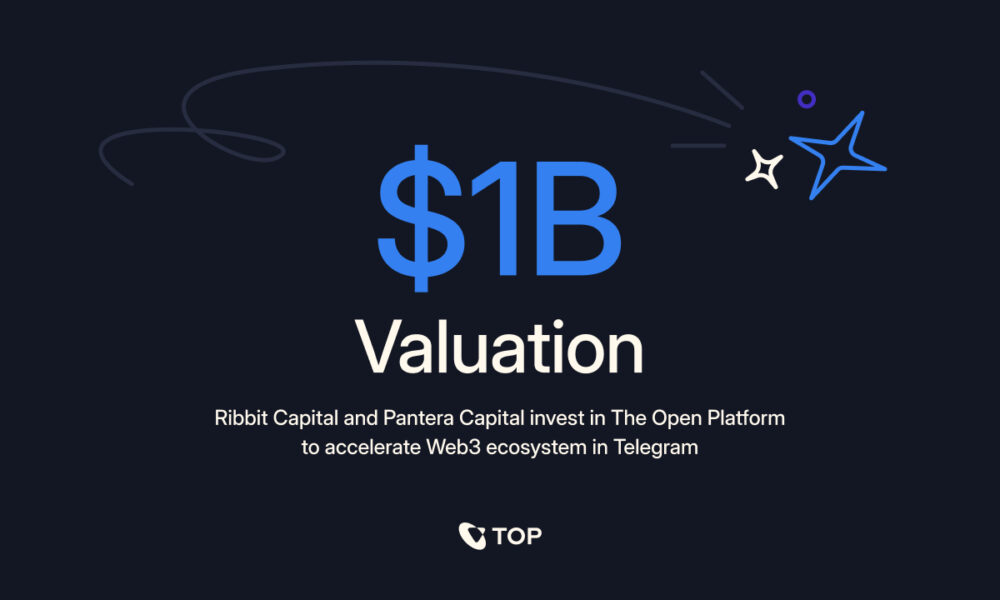In the realm of electrical connections, safety and reliability are paramount. Ampeak’s 4 AWG battery inverter cables, featuring our innovative patent-pending Anti-Spark Technology (Application #18/780,287), set a new standard in electrical protection. With anti-spark terminals and waterproof slipcovers, these cables virtually eliminate the risk of sparks, enhancing safety during use and ensuring reliable performance in any environment.
Superior Construction and Compliance
Ampeak’s 4 gauge battery inverter cables are crafted with premium materials to meet the stringent UL10269 standards, guaranteeing high safety and professionalism. Boasting a length of 1FT (excluding terminals), a pure copper cable diameter of 6.46 ± 0.40 mm, and exceeding the 4AWG wire standard by 7%-15%, these cables are built to last. With a rated voltage of 1000V and a rated current of 150A, they operate efficiently in temperatures ranging from -20 to 105°C, making them suitable for a wide range of applications.
Durable and High-Quality Cable
Our inverter cables are 7%-15% thicker and 5%-8% longer than competitors’ offerings, ensuring durability and longevity. The hexagonal crimp design ensures non-shedding battery cable terminals, while silver-plating on the terminals enhances conductivity. Our tinned copper battery cable resists oxidation, extends the cable’s lifespan, and ensures stable current flow, providing a reliable connection every time.
Versatile and Wide Application
Ampeak’s anti-spark inverter cables are available in 3/4/6 AWG sizes and 1, 2, 3 FT lengths, and are compatible with M6, M8, M10 terminals. Ideal for battery connectors, DIY solar systems, battery chargers, and power inverters, these cables are suitable for use in RVs, motorcycles, cars, trucks, golf carts, and marine vehicles. This versatility provides the highest level of safety and adaptability to your specific needs.
Unmatched Brand Service
With over 100K products sold, Ampeak prioritizes safety above all. We offer a 30-day no-questions-asked return policy and 18 months of dedicated customer service. Rest assured, any concerns you may have will be addressed with a satisfactory solution within 24 hours. Our commitment to customer satisfaction is unwavering, and we stand behind the quality and safety of our products.
In conclusion, Ampeak’s 4 AWG battery inverter cables with Anti-Spark Technology are the epitome of safety, performance, and versatility. Don’t settle for less when it comes to the electrical connections in your vehicles and equipment. Choose Ampeak for a connection you can trust.
Ampeak’s 4 AWG Anti-Spark Inverter Cables: The Pinnacle of Safety and Performance
In the realm of electrical connections, safety and reliability are paramount. Ampeak’s 4 AWG battery inverter cables, featuring our innovative patent-pending Anti-Spark Technology (Application #18/780,287), set a new standard in electrical protection. With anti-spark terminals and waterproof slipcovers, these cables virtually eliminate the risk of sparks, enhancing safety during use and ensuring reliable performance in any environment.
Superior Construction and Compliance
Ampeak’s 4 gauge battery inverter cables are crafted with premium materials to meet the stringent UL10269 standards, guaranteeing high safety and professionalism. Boasting a length of 1FT (excluding terminals), a pure copper cable diameter of 6.46 ± 0.40 mm, and exceeding the 4AWG wire standard by 7%-15%, these cables are built to last. With a rated voltage of 1000V and a rated current of 150A, they operate efficiently in temperatures ranging from -20 to 105°C, making them suitable for a wide range of applications.
Durable and High-Quality Cable
Our inverter cables are 7%-15% thicker and 5%-8% longer than competitors’ offerings, ensuring durability and longevity. The hexagonal crimp design ensures non-shedding battery cable terminals, while silver-plating on the terminals enhances conductivity. Our tinned copper battery cable resists oxidation, extends the cable’s lifespan, and ensures stable current flow, providing a reliable connection every time.
Versatile and Wide Application
Ampeak’s anti-spark inverter cables are available in 3/4/6 AWG sizes and 1, 2, 3 FT lengths, and are compatible with M6, M8, M10 terminals. Ideal for battery connectors, DIY solar systems, battery chargers, and power inverters, these cables are suitable for use in RVs, motorcycles, cars, trucks, golf carts, and marine vehicles. This versatility provides the highest level of safety and adaptability to your specific needs.
Unmatched Brand Service
With over 100K products sold, Ampeak prioritizes safety above all. We offer a 30-day no-questions-asked return policy and 18 months of dedicated customer service. Rest assured, any concerns you may have will be addressed with a satisfactory solution within 24 hours. Our commitment to customer satisfaction is unwavering, and we stand behind the quality and safety of our products.
In conclusion, Ampeak’s 4 AWG battery inverter cables with Anti-Spark Technology are the epitome of safety, performance, and versatility. Don’t settle for less when it comes to the electrical connections in your vehicles and equipment. Choose Ampeak for a connection you can trust.
Ampeak’s 4 AWG Anti-Spark Inverter Cables: The Pinnacle of Safety and Performance
In the realm of electrical connections, safety and reliability are paramount. Ampeak’s 4 AWG battery inverter cables, featuring our innovative patent-pending Anti-Spark Technology (Application #18/780,287), set a new standard in electrical protection. With anti-spark terminals and waterproof slipcovers, these cables virtually eliminate the risk of sparks, enhancing safety during use and ensuring reliable performance in any environment.
Superior Construction and Compliance
Ampeak’s 4 gauge battery inverter cables are crafted with premium materials to meet the stringent UL10269 standards, guaranteeing high safety and professionalism. Boasting a length of 1FT (excluding terminals), a pure copper cable diameter of 6.46 ± 0.40 mm, and exceeding the 4AWG wire standard by 7%-15%, these cables are built to last. With a rated voltage of 1000V and a rated current of 150A, they operate efficiently in temperatures ranging from -20 to 105°C, making them suitable for a wide range of applications.
Durable and High-Quality Cable
Our inverter cables are 7%-15% thicker and 5%-8% longer than competitors’ offerings, ensuring durability and longevity. The hexagonal crimp design ensures non-shedding battery cable terminals, while silver-plating on the terminals enhances conductivity. Our tinned copper battery cable resists oxidation, extends the cable’s lifespan, and ensures stable current flow, providing a reliable connection every time.
Versatile and Wide Application
Ampeak’s anti-spark inverter cables are available in 3/4/6 AWG sizes and 1, 2, 3 FT lengths, and are compatible with M6, M8, M10 terminals. Ideal for battery connectors, DIY solar systems, battery chargers, and power inverters, these cables are suitable for use in RVs, motorcycles, cars, trucks, golf carts, and marine vehicles. This versatility provides the highest level of safety and adaptability to your specific needs.
Unmatched Brand Service
With over 100K products sold, Ampeak prioritizes safety above all. We offer a 30-day no-questions-asked return policy and 18 months of dedicated customer service. Rest assured, any concerns you may have will be addressed with a satisfactory solution within 24 hours. Our commitment to customer satisfaction is unwavering, and we stand behind the quality and safety of our products.
In conclusion, Ampeak’s 4 AWG battery inverter cables with Anti-Spark Technology are the epitome of safety, performance, and versatility. Don’t settle for less when it comes to the electrical connections in your vehicles and equipment. Choose Ampeak for a connection you can trust.


















